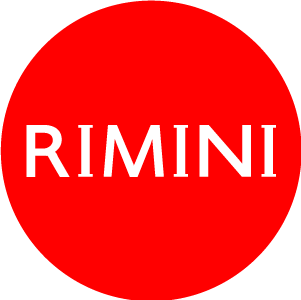Fellini Park, situated just next to the Grand Hotel, is the very heart of seaside Rimini. This is where the first bathing establishment was set up in 1843, commissioned by the Baldini Counts and Dr. Claudio Tintori. This health-conscious vocation developed thanks to the well known professors Paolo Mantegazza and Augusto Murri and in 1872, a new bathing establishment was built named Kursaal (it was destroyed in 1948). The layout of the city began to change with the construction of a new road, now called Viale Principe Amedeo, to connect the old city centre to the marina.
The twentieth century saw a move to a more elite tourism and 1908 was a particularly symbolic date as it marked the opening of the Grand Hotel, a strong source of inspiration for Fellini.
Before becoming the European holiday capital, over the years Rimini was an extremely important port. Nowadays, the port’s 'pile trestle' is the most popular place for Riminese to take a walk. It evokes pleasant memories and is the kingdom of sailors and fishermen, watched over by the lighthouse and ploughed by the ‘poveracciaie’ (boats equipped for clam fishing). From dawn to dusk, throughout the day the port gives visitors the sensation of diving into the sea and affords spectacular panoramic views dotted by the thousands of colours of the bathing establishments that have made our beach famous throughout the world.
On the left side of the port is the new wet dock 'Marina di Rimini', a great masterpiece that opened in 2002 and can host up to 680 boats.
Overlooking the marina are ultramodern hotels, some of them 'signed' by great international architects. Running parallel to the promenade is Via Vespucci with its bars and fashion boutiques. The entire Marina Centro area is famous for its bars where young people meet for an aperitif, its trendy pubs and disco bars and its restaurants serving truly memorable menus featuring local produce and in particular, the staple diet or in other words fish, which is cooked on the characteristic grills or in excellent soups.


